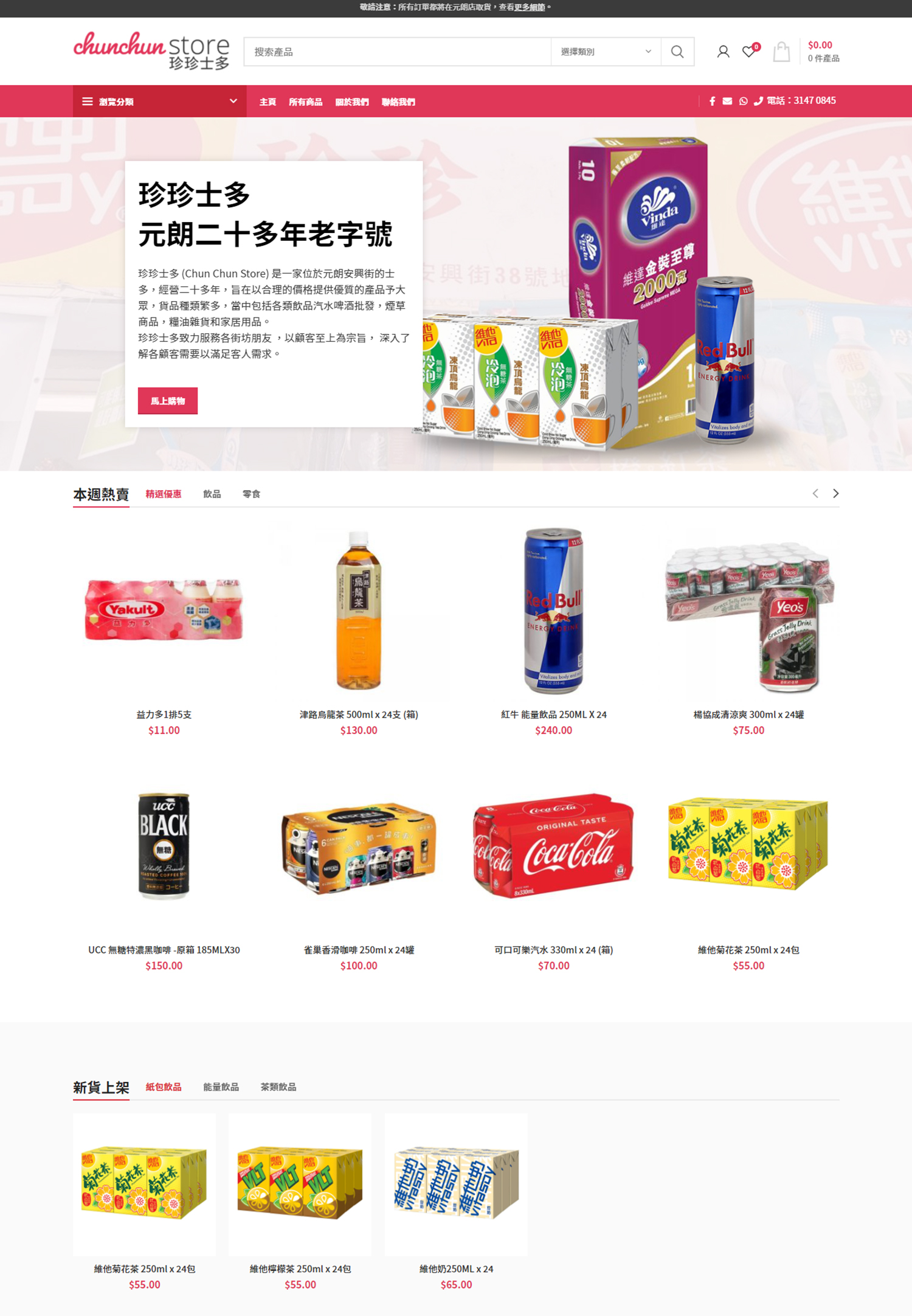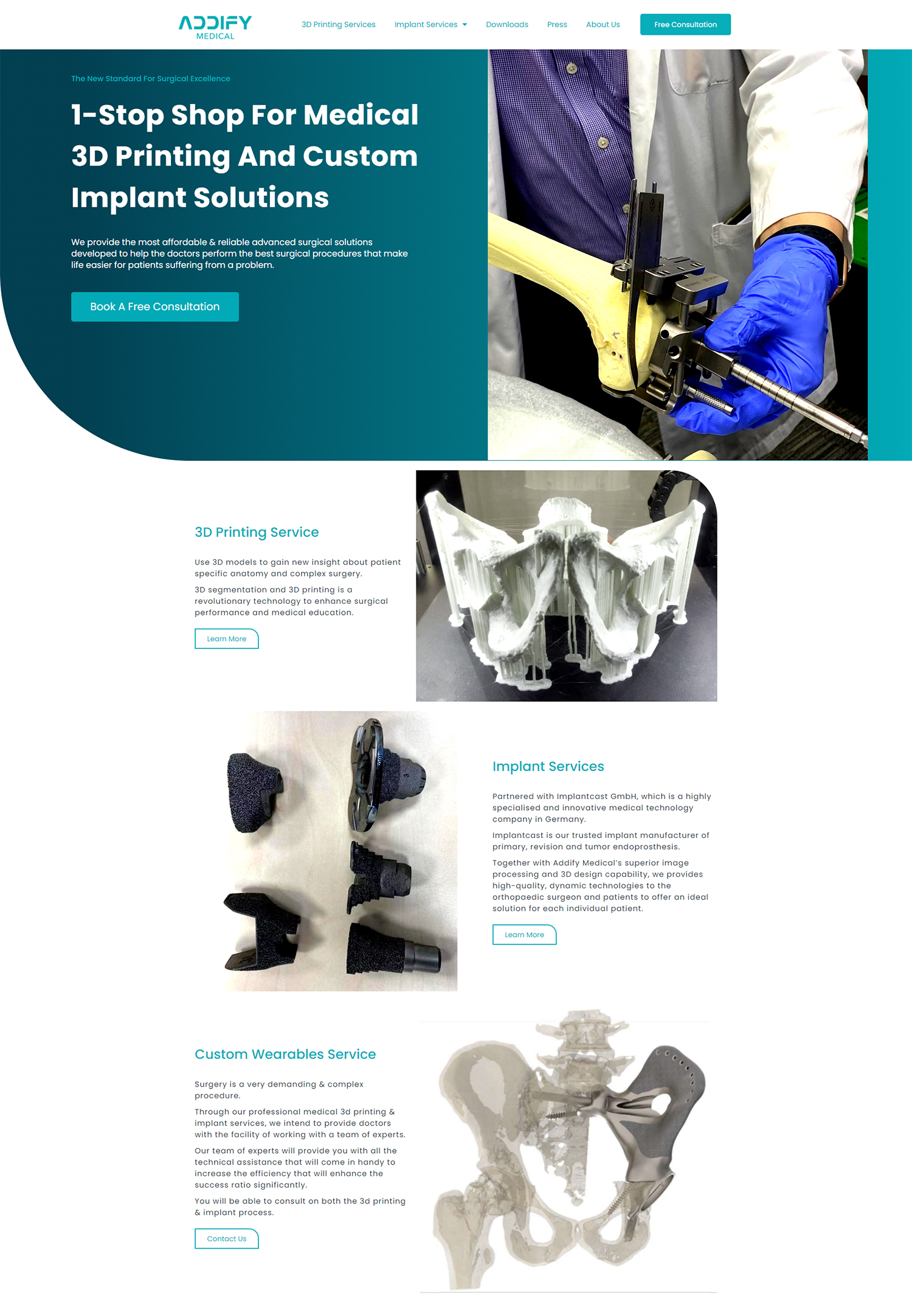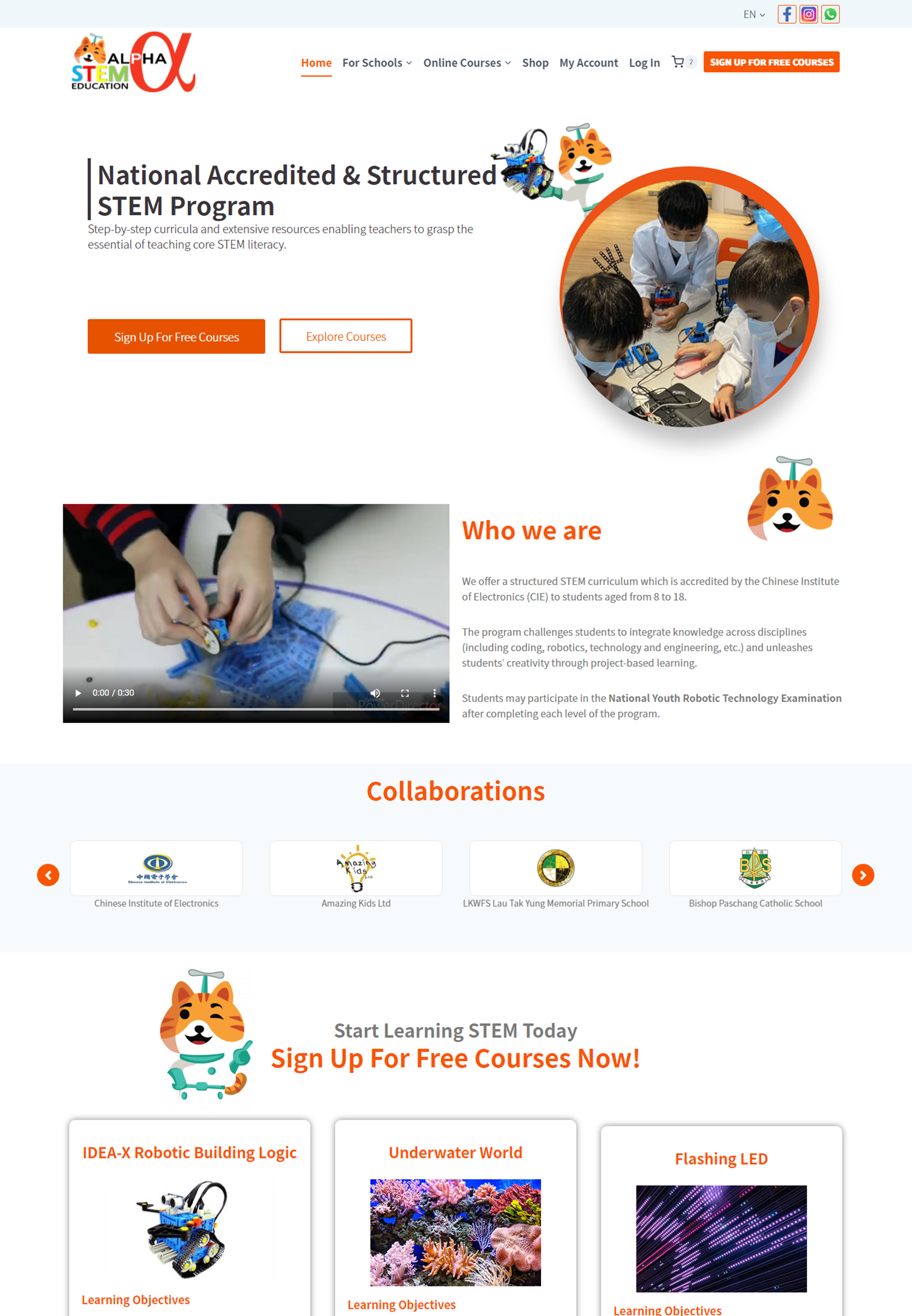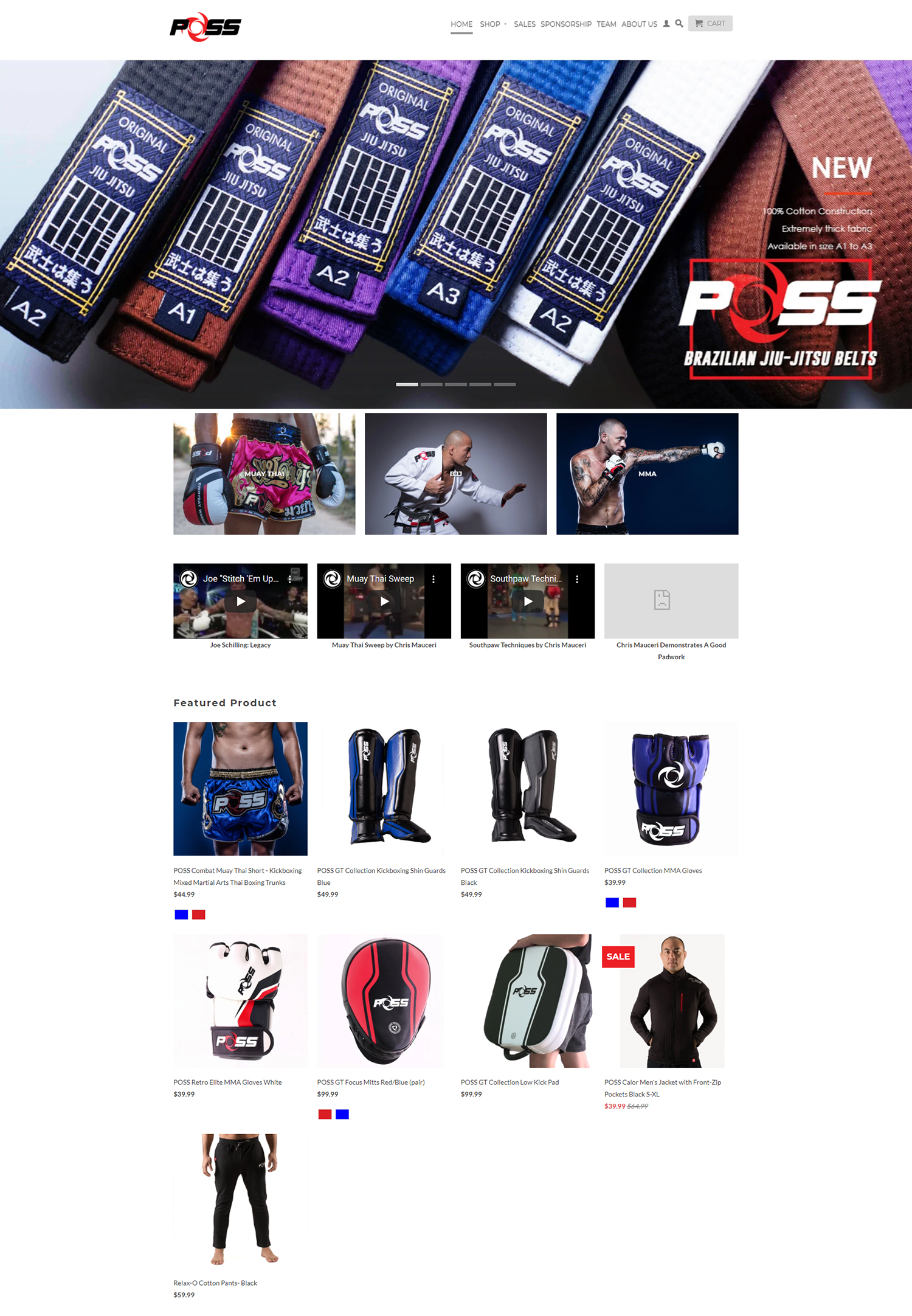Digital marketing encompasses a wide array of strategies and techniques aimed at promoting products or services through digital channels. At its core, it involves leveraging the internet and electronic devices to connect with potential customers. This can include everything from social media marketing and email campaigns to search engine optimization (SEO) and pay-per-click (PPC) advertising.
The primary goal is to reach a targeted audience effectively, engage them, and ultimately convert them into loyal customers. Understanding these fundamentals is crucial for any business looking to thrive in today’s digital landscape. The evolution of digital marketing has been rapid, driven by technological advancements and changing consumer behaviors.
Traditional marketing methods, such as print ads and television commercials, are increasingly being supplemented or replaced by digital strategies. This shift allows businesses to gather data on consumer preferences and behaviors, enabling them to tailor their marketing efforts more precisely. For instance, analytics tools can track user interactions on websites and social media platforms, providing insights that inform future campaigns.
As a result, businesses can create more personalized experiences that resonate with their audience, enhancing engagement and driving sales.
Key Takeaways
- Digital marketing involves promoting products or services using digital technologies, such as the internet and mobile devices.
- A strong online presence for small businesses includes having a professional website, engaging in social media, and utilizing search engine optimization (SEO) techniques.
- Social media can be leveraged for business growth by engaging with customers, sharing valuable content, and running targeted advertising campaigns.
- Email marketing strategies for small businesses should focus on building a subscriber list, personalizing content, and measuring the effectiveness of email campaigns.
- SEO for small business websites involves optimizing website content, improving site speed, and building quality backlinks to improve search engine rankings.
- Utilizing pay-per-click (PPC) advertising allows businesses to reach their target audience by paying for ad placement on search engines and websites.
- Building customer relationships through content marketing involves creating valuable and relevant content to attract and retain customers.
- Measuring the success of digital marketing efforts can be done through tracking website traffic, monitoring social media engagement, and analyzing email campaign metrics.
Creating a Strong Online Presence for Your Small Business
Key Elements of a Professional Website
It should clearly communicate the brand’s value proposition and provide essential information about products or services. Additionally, incorporating elements such as customer testimonials, case studies, and a blog can enhance credibility and encourage visitors to explore further.
Expanding Your Online Reach
Beyond the website, small businesses should consider their presence on various online platforms. This includes social media channels like Facebook, Instagram, LinkedIn, and Twitter, where they can engage with customers and build a community around their brand. Consistency in branding across these platforms is vital; logos, color schemes, and messaging should align to create a cohesive identity.
Local SEO Strategies for Small Businesses
Furthermore, utilizing local SEO strategies can help small businesses appear in local search results, making it easier for nearby customers to find them. By actively managing their online presence, small businesses can foster trust and recognition among potential customers.
Leveraging Social Media for Business Growth
Social media has transformed the way businesses interact with their customers, offering a dynamic platform for engagement and promotion. For small businesses, social media can be a cost-effective way to reach a broad audience while building brand loyalty. Platforms like Instagram and Facebook allow businesses to showcase their products visually, share behind-the-scenes content, and connect with customers on a personal level.
Engaging content—such as videos, polls, and user-generated posts—can encourage interaction and foster a sense of community. Moreover, social media advertising provides targeted options that can significantly enhance visibility. Businesses can create ads tailored to specific demographics, interests, and behaviors, ensuring that their message reaches the right audience.
For example, a local bakery might use Facebook ads to target users within a certain radius who have shown interest in baking or organic foods. Additionally, leveraging influencers or local personalities can amplify reach and credibility. By collaborating with individuals who resonate with their target market, small businesses can tap into established audiences and drive traffic to their profiles or websites.
Email Marketing Strategies for Small Businesses
| Strategy | Description |
|---|---|
| Targeted Email Campaigns | Sending personalized emails to specific segments of your audience to increase engagement. |
| Mobile Optimization | Ensuring that your emails are optimized for mobile devices to reach a wider audience. |
| Compelling Subject Lines | Creating attention-grabbing subject lines to increase email open rates. |
| Clear Call-to-Action | Including a clear and compelling call-to-action to drive conversions and engagement. |
| Analytics and Testing | Using analytics to track email performance and testing different strategies to improve results. |
Email marketing remains one of the most effective digital marketing strategies for small businesses. It allows for direct communication with customers and prospects while providing an opportunity to nurture relationships over time. Building an email list is crucial; businesses can encourage sign-ups through website pop-ups, social media promotions, or in-store incentives.
Once a list is established, segmenting it based on customer behavior or preferences can lead to more personalized and relevant content. Crafting compelling email campaigns involves more than just promotional messages; it requires storytelling and value delivery. For instance, a small clothing retailer might send out a monthly newsletter featuring styling tips, customer spotlights, or exclusive discounts for subscribers.
Additionally, automation tools can help streamline the process by sending welcome emails to new subscribers or follow-up messages after purchases. By consistently providing valuable content and maintaining regular communication, small businesses can keep their brand top-of-mind and encourage repeat purchases.
Search Engine Optimization (SEO) for Small Business Websites
Search Engine Optimization (SEO) is a critical component of digital marketing that focuses on improving a website’s visibility in search engine results pages (SERPs). For small businesses, effective SEO strategies can drive organic traffic to their websites without the need for paid advertising. The foundation of SEO lies in keyword research—identifying the terms potential customers use when searching for products or services.
By incorporating these keywords naturally into website content, meta descriptions, and headers, businesses can enhance their chances of ranking higher in search results. In addition to keyword optimization, technical SEO plays a significant role in ensuring that a website is accessible and user-friendly. Factors such as site speed, mobile responsiveness, and secure connections (HTTPS) are crucial for both user experience and search engine rankings.
Furthermore, creating high-quality content that addresses customer questions or pain points can establish authority in the industry while attracting backlinks from other reputable sites. Regularly updating content and optimizing for local search terms can also help small businesses capture local traffic effectively.
Utilizing Pay-Per-Click (PPC) Advertising to Reach Your Target Audience
Pay-Per-Click (PPC) advertising offers small businesses an opportunity to gain immediate visibility on search engines and social media platforms. Unlike organic methods that require time to build momentum, PPC campaigns can generate traffic almost instantly by placing ads at the top of search results or within social media feeds. This model allows businesses to pay only when users click on their ads, making it a cost-effective option when managed correctly.
To maximize the effectiveness of PPC campaigns, small businesses should focus on creating targeted ads that resonate with their audience. This involves selecting relevant keywords that align with user intent and crafting compelling ad copy that encourages clicks. Additionally, utilizing A/B testing can help determine which ad variations perform best, allowing for continuous optimization of campaigns.
Setting clear goals—such as increasing website traffic or generating leads—can guide the strategy and help measure success over time.
Building Customer Relationships through Content Marketing
Content marketing is an invaluable strategy for small businesses looking to build lasting relationships with their customers. By creating valuable and informative content—such as blog posts, videos, infographics, or podcasts—businesses can position themselves as industry experts while providing solutions to customer problems. This approach not only attracts potential customers but also fosters trust and loyalty among existing ones.
For example, a small landscaping company might produce blog articles on seasonal gardening tips or video tutorials on lawn care techniques. By sharing this knowledge freely, they not only engage their audience but also encourage them to return for more information in the future. Additionally, incorporating storytelling into content can make it more relatable and memorable.
Highlighting customer success stories or sharing the company’s journey can create an emotional connection that resonates with audiences.
Measuring the Success of Your Digital Marketing Efforts
To ensure that digital marketing strategies are effective, small businesses must implement robust measurement practices. Key performance indicators (KPIs) should be established based on specific goals—whether it’s increasing website traffic, generating leads, or boosting sales. Tools like Google Analytics provide valuable insights into user behavior on websites, allowing businesses to track metrics such as page views, bounce rates, and conversion rates.
Regularly analyzing this data enables businesses to identify trends and areas for improvement. For instance, if a particular email campaign yields high open rates but low click-through rates, it may indicate that the content needs refinement or that the call-to-action isn’t compelling enough. Additionally, monitoring social media engagement metrics—such as likes, shares, and comments—can inform future content strategies and help businesses understand what resonates with their audience.
By continuously measuring success and adapting strategies accordingly, small businesses can optimize their digital marketing efforts for sustained growth.






























